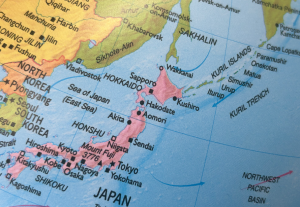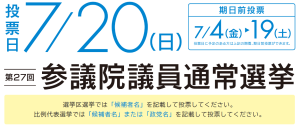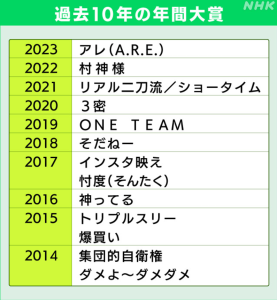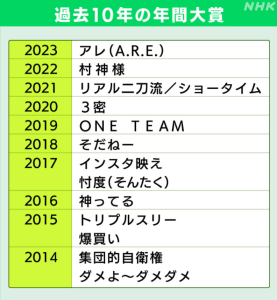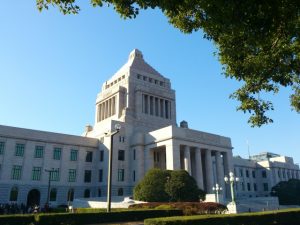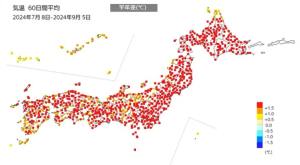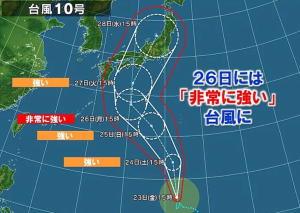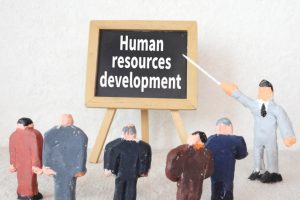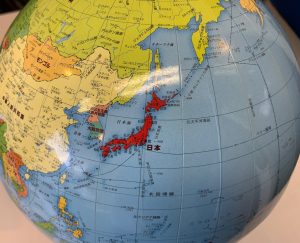Re: A news item and subject which I just want to check out (126) March 1, 2024
Last Friday, February 23, was a holiday, Emperor’s Birthday, and my blog streaming was a break. Therefore, it is the first streaming in two weeks, and in the meantime, the month has changed and today is March. The time is rapidly going by. The perceived speed at which life passes is something like putting a kilometer on age, and it feels like the speed accelerates with age. In my case, the perceived speed is 81 km per hour.
But 24 hours a day and 365 days a year. This is equal for everyone, from adults to children, regardless of status, wealth or poverty and so on. How to make it fruitful is left to each individual. Having said that, the reality is that each person faces various constraints depending on their position, but we want to continue to move self-realization as much as possible, regardless of age.
By the way, there have been many days lately when it rains a lot and the temperature fluctuates greatly. According to the Meteorological Agency, winter pressure pattern does not last long this year and temperatures are rising nationwide and many areas have less snowfall than usual, except Hokkaido. Therefore, I hear that ski resorts throughout the Kinki region are facing difficulties due to insufficient snowfall. And according to weather outlook from June to August this year, it predicts that in addition to global warming, due to El Nino phenomenon where sea surface water temperature rises in the waters off Peru, South America, temperatures will be higher across the country and extremely hot days will increase. Incidentally, the average temperature last summer exceeded the normal by 1.76 degrees and was the highest record since the start of statistics in 1898. For the time being, it seems unclear whether this summer temperatures will exceed this. And the heat wave at the Osaka-Kansai Japan Expo held from April 13 to October 13 next year is also worrisome.
Next, the second leg of the Asian final qualifiers for women’s soccer vying for Paris Olympic in summer this year, Japan vs. North Korea was held at the National Stadium on February 28, and the Japanese Women’s National Team, Nadeshiko Japan, won a close 2-1 match and has qualified for the sixth time in two consecutive tournaments. I also watched the match on TV, and aside from getting 2 goals, when Japan took a one-goal lead in the last minute of the first half, super good play by goalkeeper Yamashita who saved the opponent’s shoot on the goal line was the big draw for the run of play. It was a victory working as a team. Nadeshiko Japan Congratulations!
■■What I have recently thought and focused on:
■New bank notes will be issued starting from July this year:
A redesign of bank notes this year is for the first time in 20 years. From the perspective of anti-counterfeiting, it has been redesigned in a cycle of about 20 years so far. The government announced a redesign of bank notes in April 2019. Mr. Aso, the Minister of Finance at that time, explained a purpose that is “in line with the idea of choosing from cultural people and economic people since the Meiji period “at the press conference. It is said that the surviving precise photographs were also taken into account from the perspective of anti- counterfeiting.
Characters are as follows. ①the 1,000 yen bill will change from Hideo Noguchi to Shibasaburo Kitazato referred to as the father of modern medicine in Japan, and the back side is “Thirty-six Views of Mount Fuji, the Great Wave off Kanagawa” ②the 5,000 yen bill will change from Ichiyo Higuchi to Umeko Tsuda who is the founder of Tsuda University and devoted to women’s English teaching, and the back side is wisteria flowers ③the 10,000 yen bill will change from Yukichi Fukuzawa to Eiichi Shibusawa referred to as the father of Japanese capitalism, and the back side is Tokyo station building.
In addition, the size of new bank notes remains the same, and present bank notes including the 2,000 yen bill can be used after issuing new bank notes. ATMs and vending machines need to be improved to new bank notes response, and considering the cost, it seems to me that the retail industry will increasingly move cashless.
According to the survey by the Bank of Japan, the proportion of cash and deposits in household financial assets in Japan in 2023 is 54.2 %, and compared to the United States (12.6 %) and the Eurozone (35.3 %), cash is highly favored in Japan. Therefore, there is a lot of bank notes distribution, and according to the Bank for International Settlements, BIS, distribution amount in 2021 exceeded 20 % of nominal GDP. It is said that it is under 10 % in the United States and the United Kingdom. One of the reasons for this is the existence of chest deposits. According to estimates, chest deposit balance in Japan is 59.4 trillion yen as of the end of last year, but in terms of balance, it has been decreasing since January 2023. This trend was also seen at a redesign 20 years ago. Just before issuing new bank notes, people take out chest deposits and move to another financial assets. It is possible that people are concerned about the old bank notes becoming unusable. If chest deposits decrease by 7.5 % just like 20 years ago, the fund of about 4.5 trillion yen will be moving. This fund will be used to finance household deficits due to high monthly prices and on the other hand, it seems to me that it is one of the reasons for recent market price rises, because funds may flow into stocks and gold market.
Recently, digital currency called Bitcoin, decentralized crypto assets where North Korea and Russia are exerting their influence, is appearing in the currency market and structured bonds and financial products with complex systems are also appearing in the bond market. There is a risk of both benefiting and incurred unexpected losses. And crimes using electric money and internet are also on the rise. Not to be a victim, we should have an intention of “so many enemies in daily life”, and not dabble in something we don’t understand and not get on with the good story.
■Preliminary figures of number of births including foreigners last year is 758,631:
Number of births last year decreased by 5.1 % compared to the previous year and the pace of decline is faster than expected and if this trend continues, it will be below 500,000 in 2035. This is the lowest ever and considering that number of births in the first baby boom from 1971 to 1974 reached about 2.7 million per year, it feels like a different world.
According to recent “future population estimates” published by the National Institute of Population and Social Security Research last year, the population of about 123.99 million in 2023 will be below 90 million, and aging rate will be 39 % in 2070, in other words, those aged 65 and over will account for 39 % of the total population in 2070. The declining birthrate can be attributed to various factors such as long hours labor, low income and so on, and the need for child-rearing support and childcare leave is pointed out. However, it seems to me that the main cause lies much deeper like “anxiety about the future or discrimination against women”. I think that younger generation hold a choice that they will come out of a country full of a sense of stagnation like present Japan that has been described as “a declining country” and expand their presence in “emerging countries” around the world that have continued to develop.
In addition, the declining birthrate in the neighboring country, Korea, is even more serious than in Japan. The population in Korea is 51.74 million in 2021, but total fertility rate (*) last year was down to 0.72. Incidentally, it is 1.26 in Japan. For 8 consecutive years, it has fallen below the previous year’s level, and hit an all-time low in the statistics since 1970, and extraordinary “super declining birthrate” in the world has been continuing. At this rate, the population will decease by 30 % compared to 2022 in about 50 years, and the proportion of elderly people aged 65 and over will increase to 48 % from the present more than 17 %, and it will be a serious impact on labor availability, social security and conscription. By the way, it is pointed out that the background to the declining birthrate in Korea is that discrimination against women is strong and Korea is an educational society and a competitive society.
(*) Total fertility rate: It represents “the sum of age-specific birth rates for women aged 15 to 49, and it indicates the average number of children a woman would give birth to during her lifetime, assuming she follows the age-specific birth rates for that particular year. Incidentally, a total fertility rate of 2.07 or more is needed to maintain the population.












